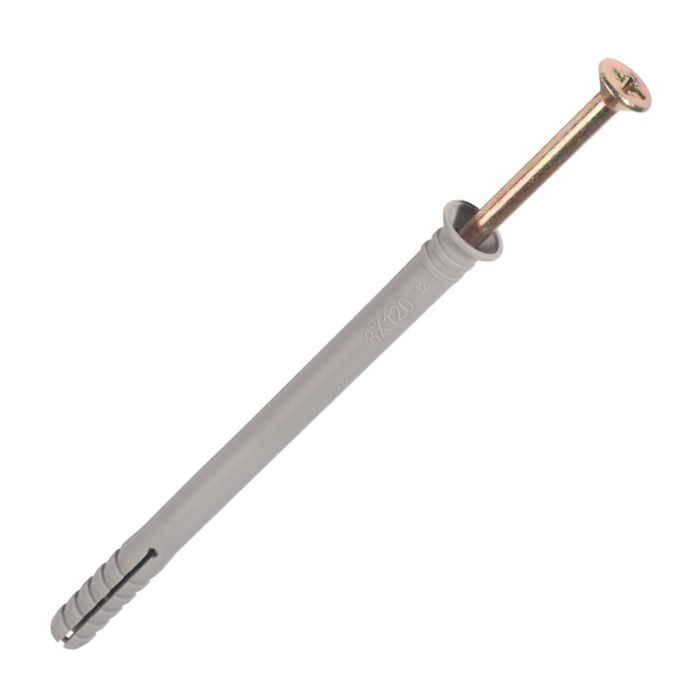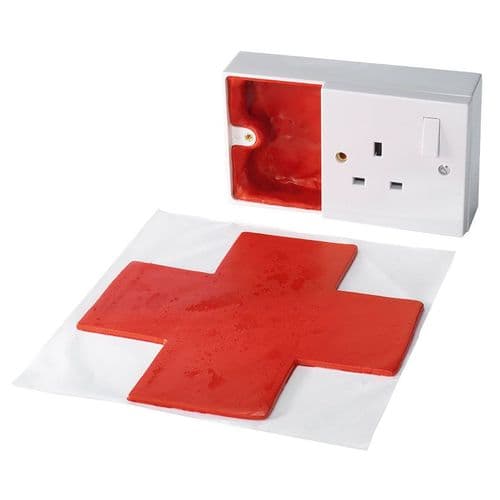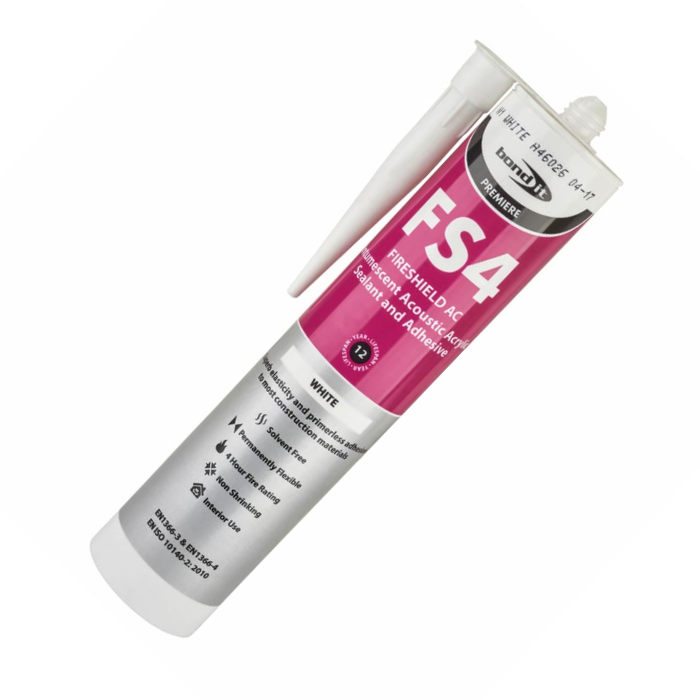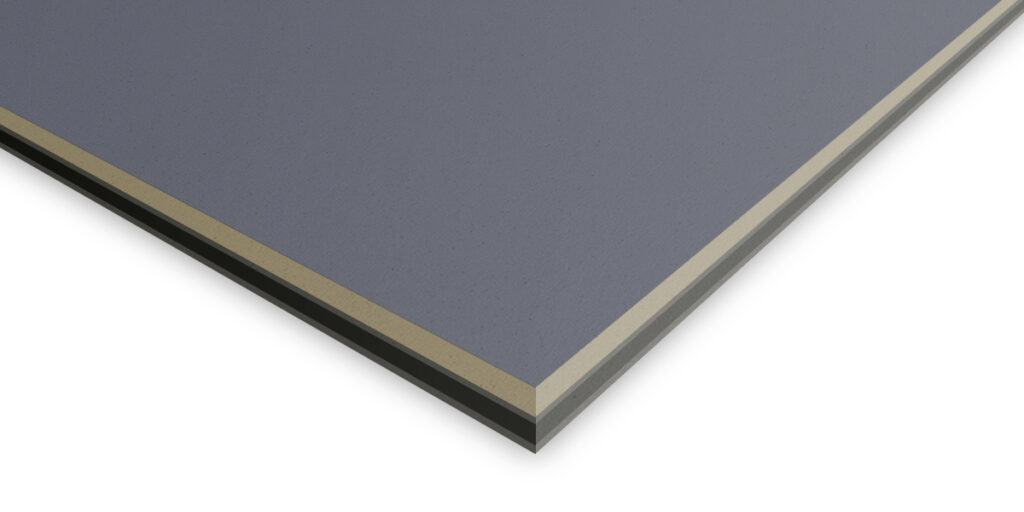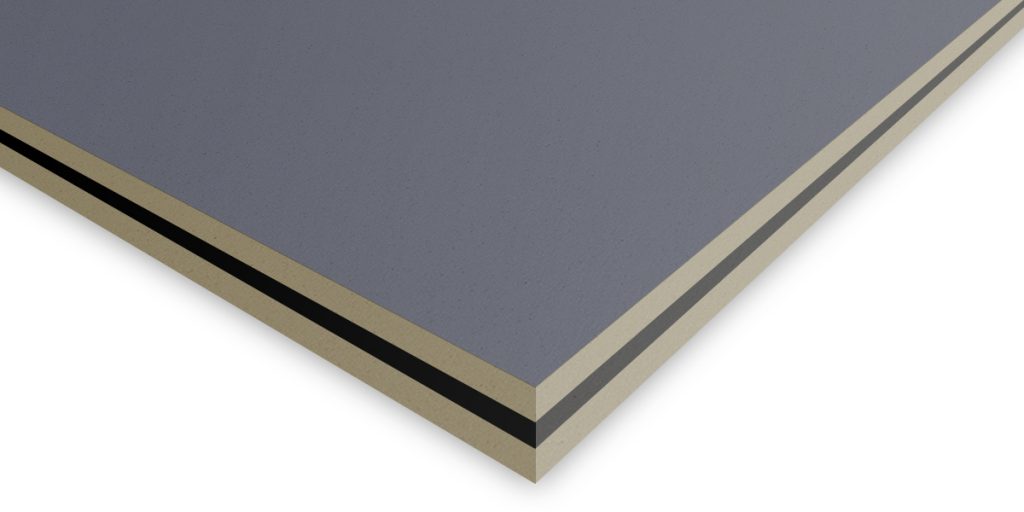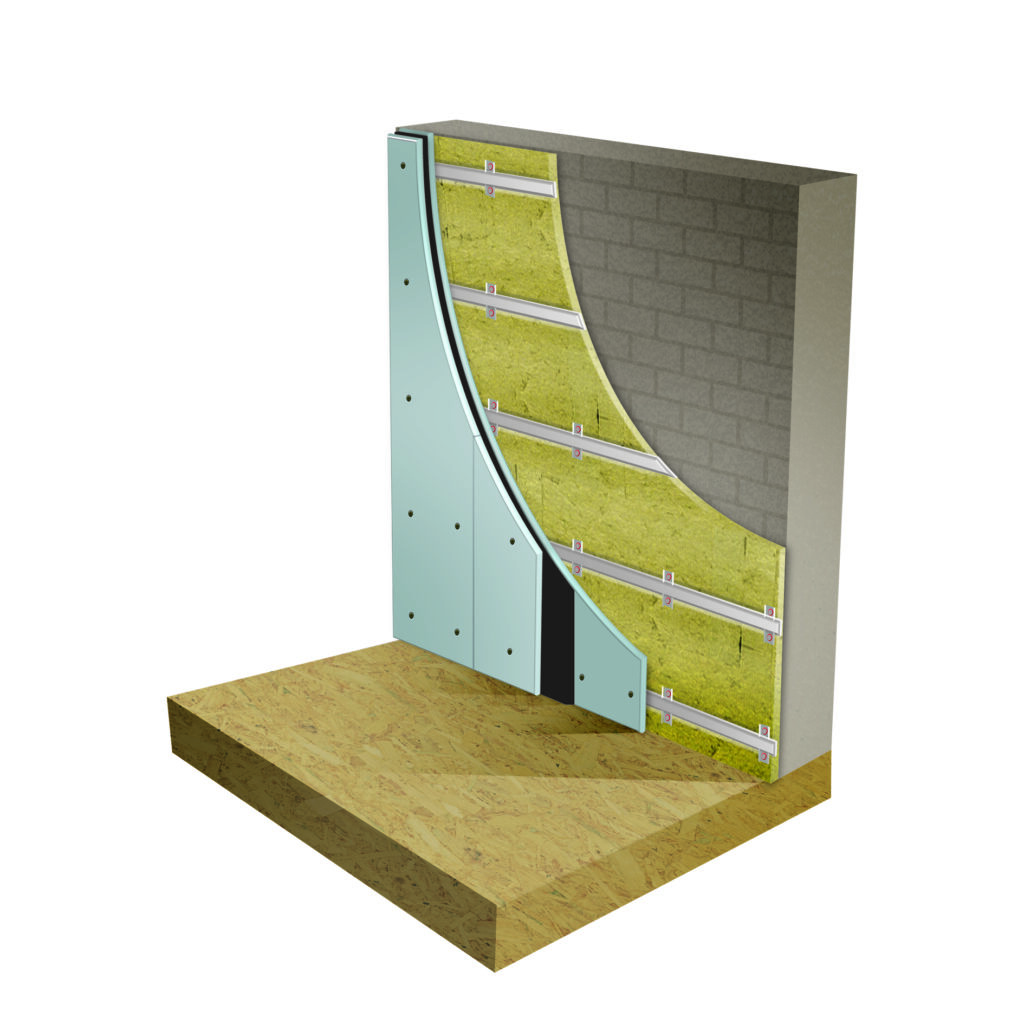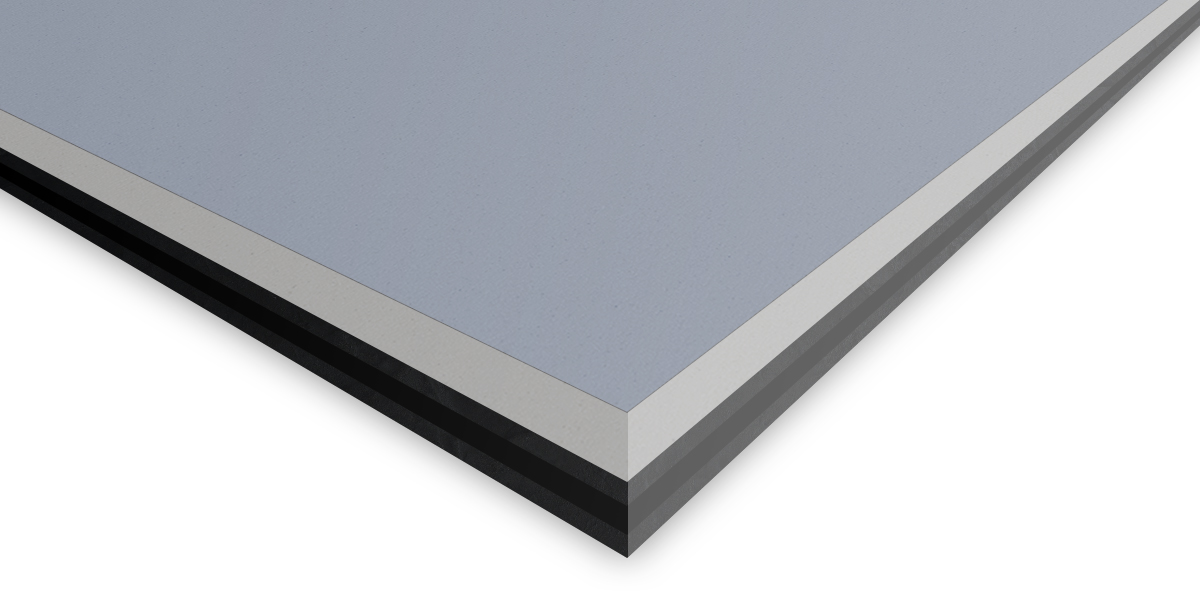
Noisestop Silent Panel
Wall Soundproofing
Soundproof party and stud walls using this 30mm soundproof panel.
View Product
Noisestop Silent Panel
Noisestop Silent Panel is the highest-performing direct-to-wall sound insulating board. It can be used to soundproof brick party walls against noisy neighbours and to insulate stud walls against unwanted airborne sounds. At only 30mm thick, the Noisestop Silent Panel is an excellent option for soundproofing rooms without compromising living space.
Noisestop Silent Panel
Thickness
30mm
Soundproofing
Airborne noise
Performance
52dB
Application
Direct to wall
Fitting
DIY friendly
Reasons to use the Noisestop Silent Panel
- Soundproofing walls: Soundproof party walls and stud walls against noisy neighbours and stud walls to restore quiet in your home.
- Minimal space loss: It is applied directly to the wall to minimise the loss of space within the room.
- Ease of fitting: The homeowner can do a straightforward DIY installation.
- Customer support: With extensive product knowledge, we can provide help and advice on all aspects of your soundproofing journey
- Nationwide Delivery: Materials are delivered from stock, so there are no extended lead times.
Product information
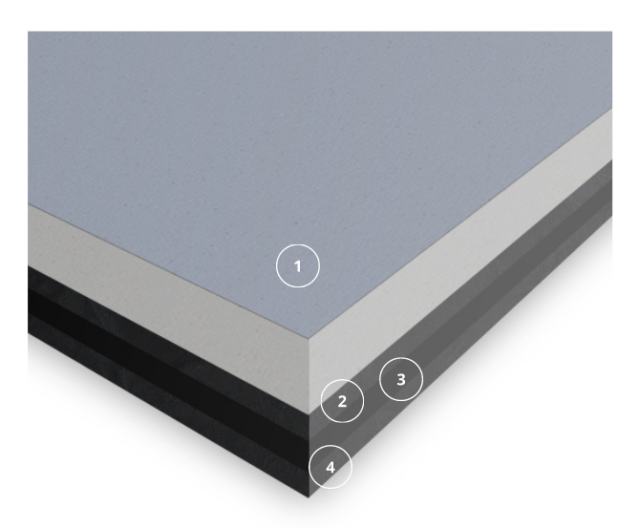
- Acoustic Plasterboard 15mm – Heavier than standard plasterboard, which adds density to the area. It is finished in the same way as standard plasterboard.
- Mass-loaded vinyl 7.5kg/3mm – High mass barrier layer for sound absorption.
- Closed cell foam 9mm – Acoustic grade foam to dampen and absorb vibration sound.
- Mass-loaded vinyl 7.5kg/3mm – High mass barrier layer for sound absorption.
- Thickness: 30mm
- Size: 1200mm x 1200mm (1.44sqm)
- Weight: 40 kg
- Fire thirty minutes
Brick Wall
Untreated brick wall DnT,w
Single skin 100mm brick wall 38db
Treated brick wall DnT,w
Noisestop Acoustic Panel applied 52dB
Improvement DnT,w
Noise reduction with treatment 14dB
Stud Wall
Untreated stud wall DnT,w
Untreated 100mm stud wall with acoustic insulation and 12.5mm plasterboard on either side 36dB
Treated stud wall DnT,w
Noisestop Acoustic Panel applied to one side 52dB
Improvement DnT,w
Noise reduction with treatment 16dB
Note: Every 10 decibels(dB) reduction in noise level is roughly perceived as a halving of the perceived loudness. So, for instance, if you have a sound that measures 70dB and it decreases to 60dB, it would sound about half as loud to the human ear. Decibels explained.
NOTE: When the panels are installed, the plasterboard layer faces into the room, and the acoustic membrane on the back of the board goes onto the wall.
- Ensure the surface you are applying the panels is in good condition, and do any remedial work on the existing wall to ensure it is flat and secure before you attach the panels.
- Remove skirting boards and coving and extend electrical outlets. Wall linings, such as wallpaper, do not need to be removed before the installation.
- Begin by installing the first row of panels. Use 2-3mm packers or equivalent between the floor and the boards to support them and ensure they are isolated from the floor.
- Apply the Noisestop Silent Panel to the walls using nine hammer fixings per board. The panel’s composition will absorb any potential noise transfer across the fixings.
- Use acoustic sealant between each panel as you put them together.
- To reduce flanking sound transmission, leave a 2-3mm gap around the perimeter of the wall. Once the installation is complete, apply an acoustic sealant to fill the gap.
- Cut the panels using a hand saw or circular saw.
- Skim plaster or tape and fill the tapered edge.
- Upon completion of the soundproofing, reinstate the skirting and coving.
- If you are reinstating electrical outlets, use acoustic putty pads inside recessed back boxes.
Frequently bought together
Alternative solutions
Wall soundproofing FAQs
The best soundproofing method for an existing wall is to add mass, create separation, and increase the wall’s sound absorption ability.
Soundproof panels will add mass and sound absorption to your wall.
A soundproof system combining acoustic products such as the Acousticlip will add mass, sound absorption and isolation to the wall.
Combining the following materials will ensure an acoustic wall, reducing the maximum sound level.
- Acoustic insulation: Improve the wall’s mass, density and sound absorption capability.
- AcoustiClip: Decouple/isolate the wall structure, reducing sound transfer between rooms.
- Soundproof plasterboard: Denser than standard plasterboard, acoustic boards will add more mass to the wall.
- MLV membrane: Mass-loaded vinyl is widely used in soundproofing solutions to dampen walls and increase the area’s sound absorption.
- Acoustic sealant: Ensure your wall’s acoustic integrity by filling small gaps with acoustic sealant.
- Acoustic pads: Seal electrical outlets with acoustic putty pads inside the back box of electrical outlets.
All our soundproofing solutions are finished in a tapered-edge soundproof plasterboard, which allows for either a plaster skim or taping and filling before decoration.
Our soundproof panels all come per bonded with the acoustic membranes bonded to the back of the soundproof plasterboards.
The soundproof systems are finished with an outlay of soundproof plasterboard.
Electrical outlets can be reinstated once the wall has been soundproofed.
Use Acoustic Putty Pads inside the back boxes of the outlets to keep the acoustic integrity of the wall.
Acoustic Putty Pads are available for single and double sockets.
The best solution for your situation will depend on how much noise you are trying to stop and how much space you can lose.
The slimmest solutions are soundproof panels applied directly to the wall.
The Noisestop Silent Panel is only 30mm thick and is the best-performing direct-to-wall board. Soundproof panels will help reduce lower-level airborne sounds transferring between party walls.
The best solution for soundproofing your walls against a noisy neighbour is to use the AcoustiClip soundproof system.
The most popular system is the AcoustiClip Direct System. Affixed directly to the partition wall, there is no requirement for a stud frame. The AcoustiClip Direct System offers significant noise control against noisy neighbours.
You should consider fitting the AcoustiClip Solid Wall Stud System if you have excessively loud neighbours. A stud wall system against the party wall will further increase the soundproofing of the AcosutiClip system.
Like party walls stud walls can be insulated for sound using soundproof panels or complete soundproof systems.
Applying soundproof panels over the existing plasterboard will block lower-level airborne sound from transferring between rooms.
Soundproofing a stud wall with a soundproof system will ensure the best level of sound insulation.
Use acoustic insulation, sound isolation clips, and soundproof panels to make stud walls soundproof.
The most effective soundproof solution for stud walls is the Acousticlip Stud Wall System, which combines all the materials required to stop airborne and vibration sounds from transferring through the wall.
Yes, you can fix things by putting them back on the wall.
Always make sure you choose the correct plasterboard wall fixing if you fix lightweight objects such as pictures.
If you fit heavier objects, such as a radiator or cupboard, we recommend fixing them into the structural wall behind the soundproofing. Sound transfer through this kind of attachment would not diminish the soundproofing. All our solutions have acoustic membranes which wrap around screws to dampen vibration sound through fixtures and fittings.
If you have a chimney breast with side alcoves, soundproofing the chimney is not usually a requirement.
The side alcoves are typically the weakest point in the wall, so your soundproofing should be installed there.
Got a question?
If you need help or advice or would like to chat with us, please call 01423 339 163 or fill out this form. We’ll be in touch shortly.

